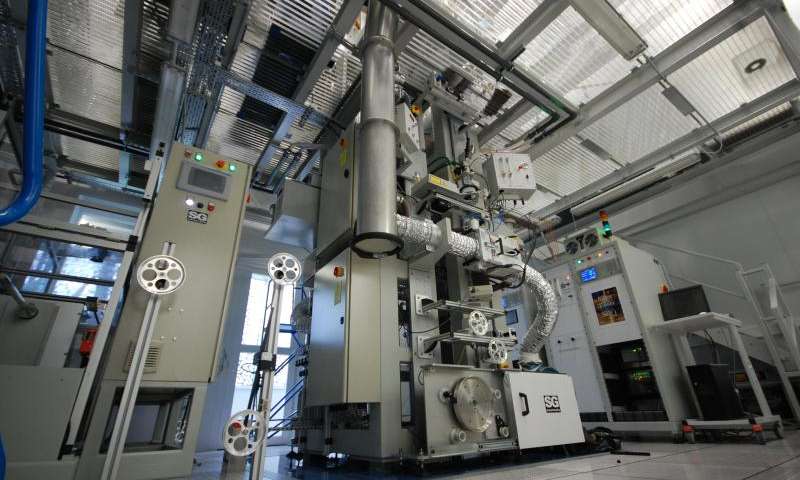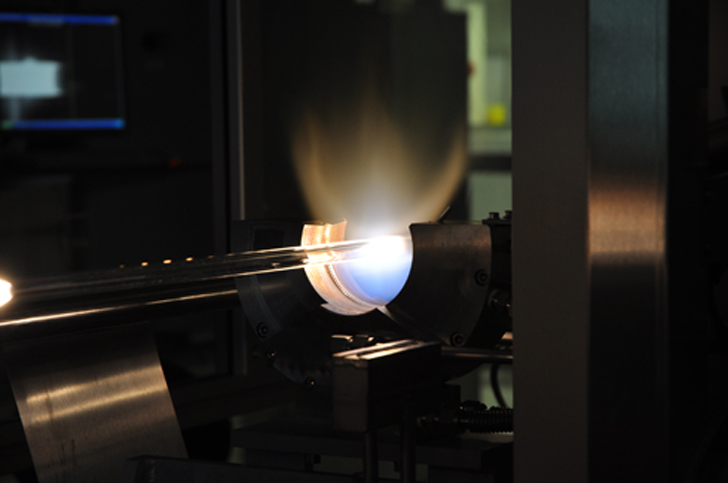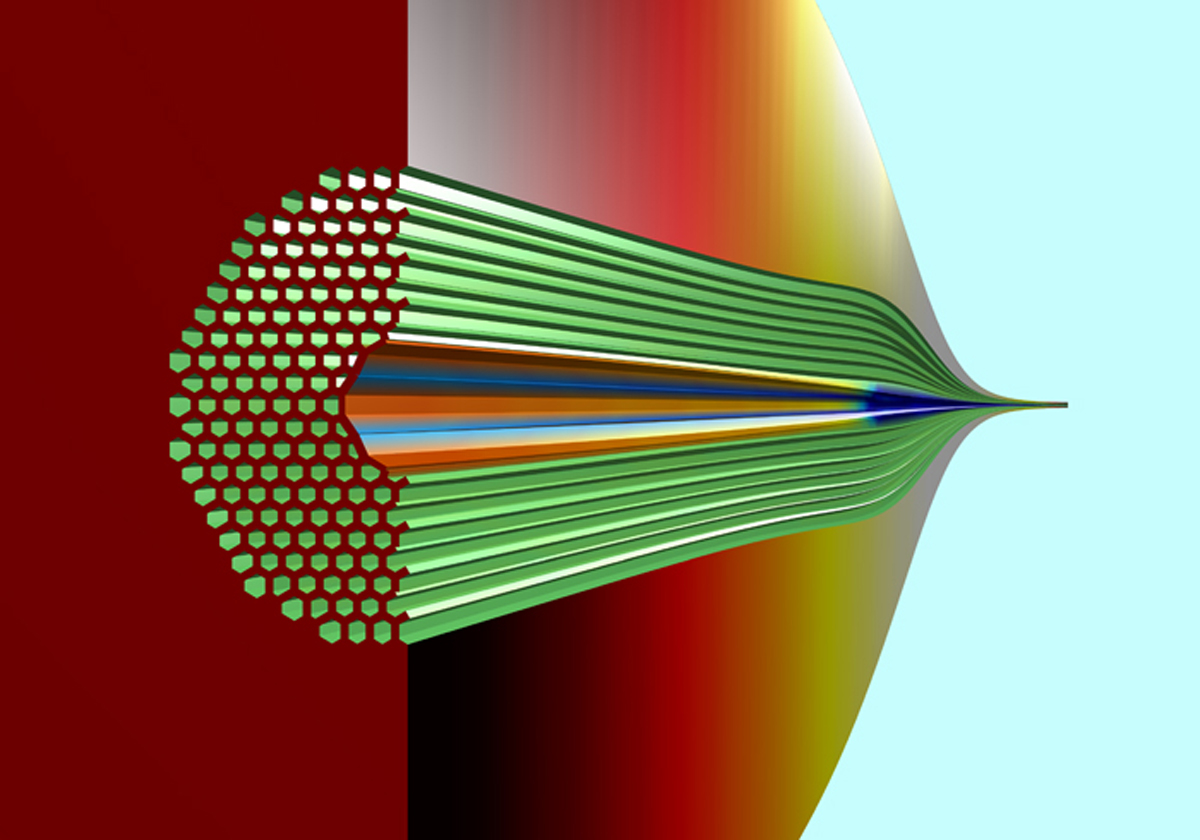The field of electronics 3D printing is among the most exciting for the industry as a whole, as developments in the space could lead to further developments in the 3D printing of whole, functional objects, rather than individual components. Research at the University of Southampton, then, could push progress in this direction, as the school’s researchers explore the 3D printing of optical fibers.
In order to manufacture optic fibers, what is called a preform is first made, seeing the material of choice, often silica or germania, formed inside of a tube. The material is then drawn out in long strings to create fine fiber optic cables. Unlike previous methods of producing optical fiber, which limit its shape and make-up, the Southampton team is hoping to 3D print the stuff in order to create uniquely shaped optical fiber objects. The technology is being created by Professor Jayanta Sahu, of the University of Southampton’s Zepler Institute, and Dr. Shoufeng Yang, the Faculty of Engineering and Environment, and relies on Multiple Materials Additive Manufacturing. Prof. Sahu explains, “We will design, fabricate and employ novel Multiple Materials Additive Manufacturing (MMAM) equipment to enable us to make optical fibre preforms (both in conventional and microstructured fibre geometries) in silica and other host glass materials. Our proposed process can be utilised to produce complex preforms, which are otherwise too difficult, too time-consuming or currently impossible to be achieved by existing fabrication techniques.”
The Southampton team is attempting to get beyond the limits of the “stack and draw” technique for traditional fiber optics manufacturing, which sees thin glass rods stacked together create the preform, by 3D printing pure glass powder. This would allow the researchers to create more complex structures. Matthew Peach, at Optics.org, points out, however, some of the obstacles of such a process, “There are numerous challenges including the high melting temperature of the glass (over 2000˚C in case of silica); the need for precise control of dopants, refractive index profiles and waveguide geometry; and the need for transitions between the layers to be smooth, otherwise the properties of the resultant fibre will be altered.”
The work is being funded with £700,000 ($1.1 million) from the Engineering and Physical Sciences Research Council (EPSRC) and will see industry participation from UK firms that will contribute to the development of the technology. ES Technology will be able to lend its expertise as a provider of laser material processing systems, while Fibercore is a specialty fiber supplier, and SG Controls is a manufacturer of optical fiber equipment. Together with Southampton, they may be able to create a 3D printing technology that could change a variety of industries.
Professor Sahu adds, “We hope our work will open up a route to manufacture novel fibre structures in silica and other glasses for a wide range of applications, covering telecommunications, sensing, lab-in-a-fibre, metamaterial fibre, and high-power lasers. This is something that has never been tried before and we are excited about starting this project.” Optics.org indicates that one such application would be the production of a photonic bandgap fiber (a diagram of which is above), a low-loss and wide bandwidth fiber sought after by telecommunications companies. The fiber, which is hollow except for sub-micron scale nodes and struts, could previously not be made at very long lengths, until another group of Southampton researchers pulled it off. While Peach believes that such a fiber could be printed with Prof. Sahu’s technology, 3D printing enthusiasts know that rods are just the beginning for such a powerful manufacturing system and much more intricate shapes could be on the way.






